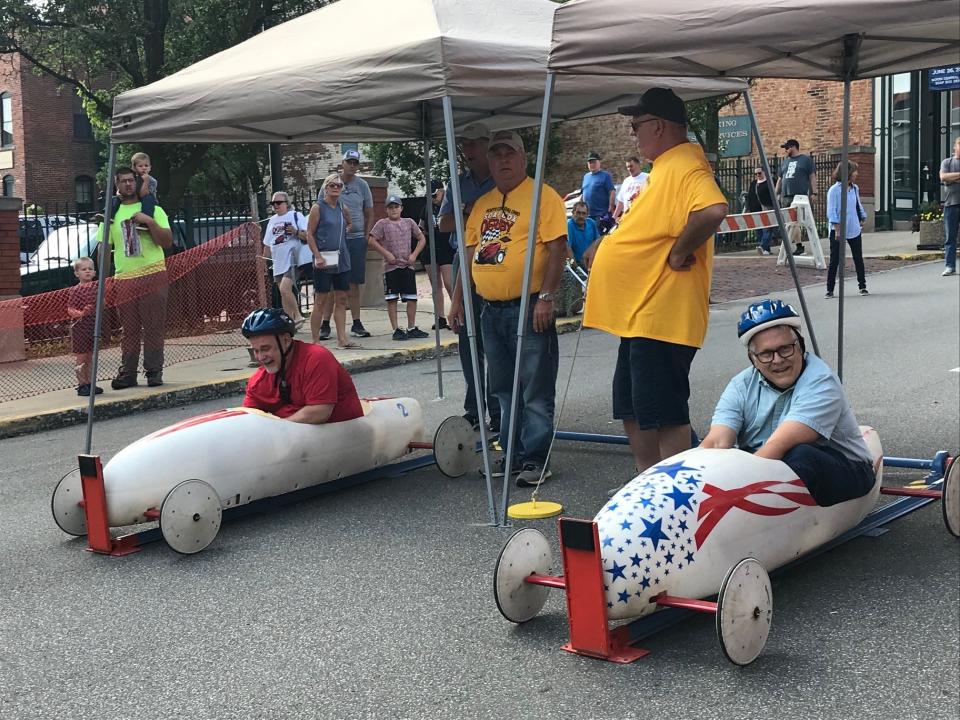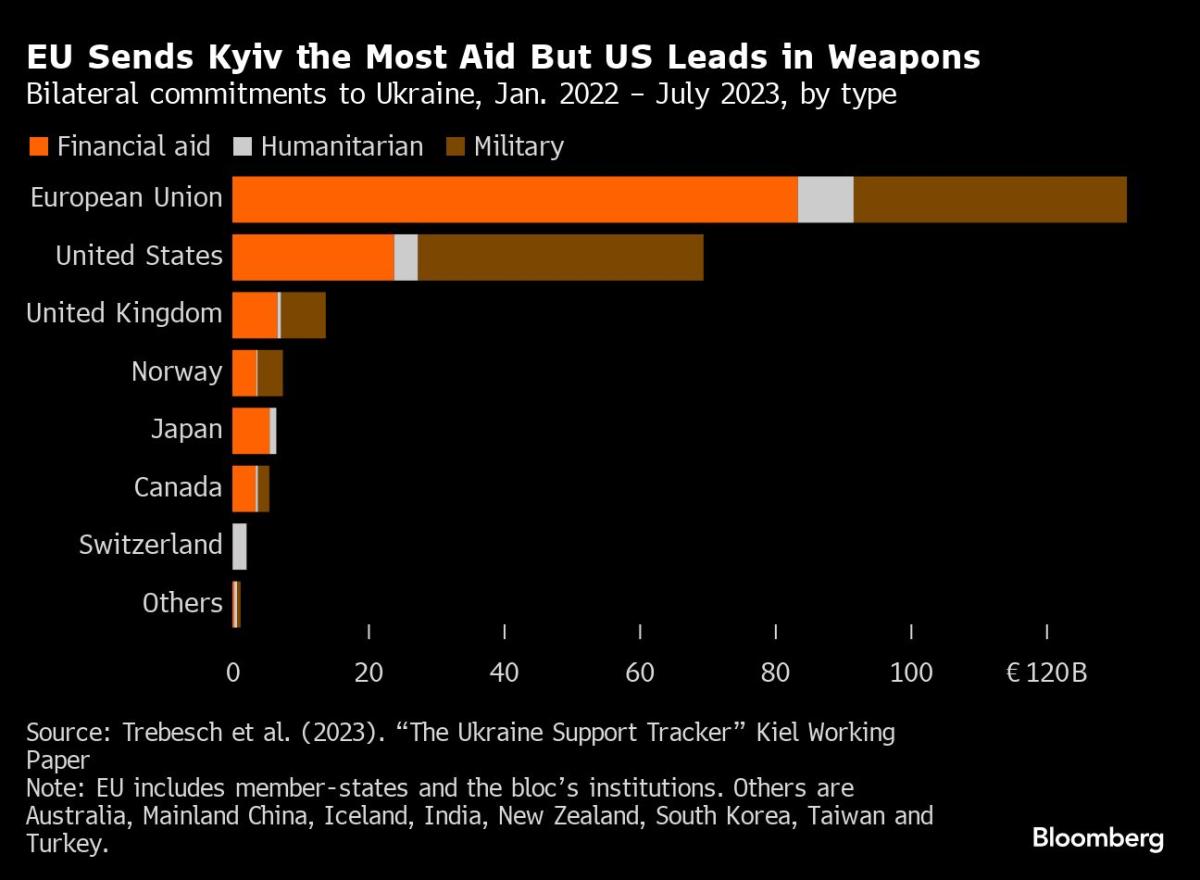Utah Rep. Burgess Owens said as he reviewed everything he saw related to public transportation on his trip to Nevada in December 2023, he came away impressed. During this field tour, organized by the Western Caucus Foundation, the Utah 4th District congressman and a handful of colleagues learned more about Hoover Dam and inspected the state’s public transportation capabilities.
The group also visited the Las Vegas metropolitan area, said Owens. He said Nevada has a robust and well-connected transit authority system.
“Utah, Nevada, Arizona — we happen to have a very entrepreneurial way of approaching government,” the GOP congressman told the Deseret News over the phone Friday. Utah’s planning has served well so far, but what happens when the state is growing much faster than previously anticipated? That was the question that concerned Owens.
He was calling from Washington, D.C. Between hearings, like the one with the Transportation and Infrastructure Committee, and a team-building meeting with former President Donald Trump, Owen has had a busy week, and forsees a busy weekend ahead. “The goal is to make sure we can build our majority so, I’m really all over the place,” he said, reciting out his itinerary: Saturday in Virginia; Sunday — Father’s Day — in Utah; Monday in Michigan before he returns to Capitol Hill. He said he looked forward to seeing his six children and 17 grandchildren over the weekend.
The successes and learning curves of Utah’s transit system
During the subcommittee focused on “revenue, ridership and post-pandemic lessons in public transit hearing” Thursday, Owens highlighted Utah’s successes.
For starters, the Utah Transit Authority manages its budget well and doesn’t run into deficits. Ridership is at 92% of the pre-pandemic levels and is expected to continue rising, he said. The buses, metros and trains don’t require National Guardsman because most riders feel safe.
“This is not by accident. The governor, legislature, city and local officials work hand in hand with their metropolitan planning organization to anticipate the transportation needs of the state, decades into the future,” said Owens, according to his written remarks emailed to the Deseret News. He also praised the Utah Unified Transportation Plan, which maps out roadway and transit improvement projects across the state over the next 25 years.
But Owens sees one big area that requires attention from state and federal officials. A few decades ago, few could have predicted Utah would go on to become one of the fast-growing states in the nation, the congressman said. “Because of that, we have growing pains, and we have things that might not have been addressed as prominently in our planning that need to be addressed.”
Owens said he would love to see more infrastructural growth in rural parts of the state, especially the southern region. “If we can get the funding we need, we will figure out how to do it, under budget, (and in) the most innovative way,” he said. “I think about cities in my district, they all are growing fast.”
What Utah’s transit system has in common with Nevada
Owens asked MJ Maynard, the CEO of the Regional Transportation Commission of Southern Nevada, who appeared on behalf of the American Public Transportation Association, how her state’s transit authority collaborates with its planning agency.
“Transit is on one floor, and you can walk down the hall and the (Metropolitan Planning Organization) is on the other floor. So collaboration is key, because … we’re on the same team,” said Maynard.
She added, “I know that’s not always the case in the United States,” but putting the planning office under the same roof as transit “has worked exceedingly well.”
Owens asked Maynard a follow-up question: “Nevada, like Utah, has experienced rapid growth in the last 20 years, and (the Regional Transportation Commission of Southern Nevada), like UTA, are especially stable. What does Nevada and Utah get right that other states are missing?”
“A lot of it has to do with the investment that the community, the elected officials — whether local level or the skill level — want to make in that system,” she said.
“We all take it very seriously how we spend tax dollars,” Maynard added, “We may not generate revenue but we’re still a business.”
“It’s looking at how you can efficiently and effectively spend those tax dollars,” she said, adding Utah, Arizona and Nevada are regions that are incorporating population growth into their plans.
Owens is on this House committee with Rep. Celeste Maloy, who represents Utah’s 2nd District. Owens praised Maloy as knowledgeable and wise. Owens and the other two Utah representatives — Reps. Blake Moore and John Curtis — endorsed Maloy ahead of the GOP primary election on June 25.
Signup bonus from


